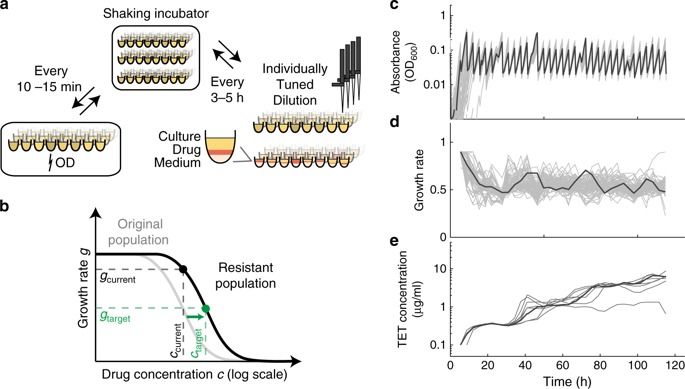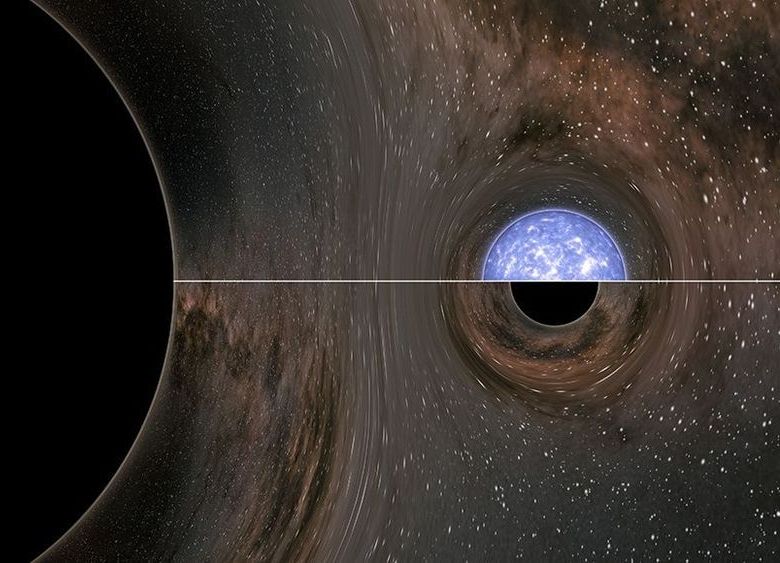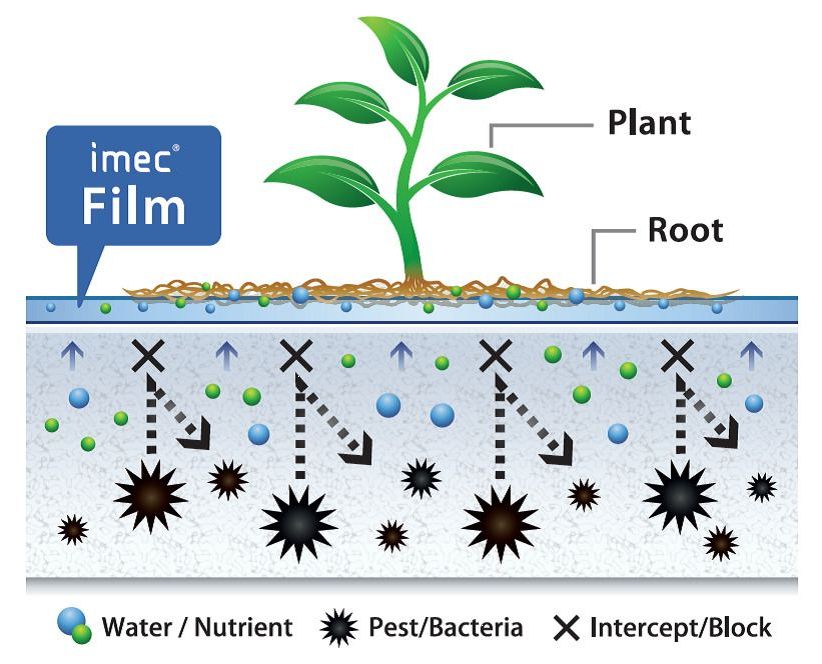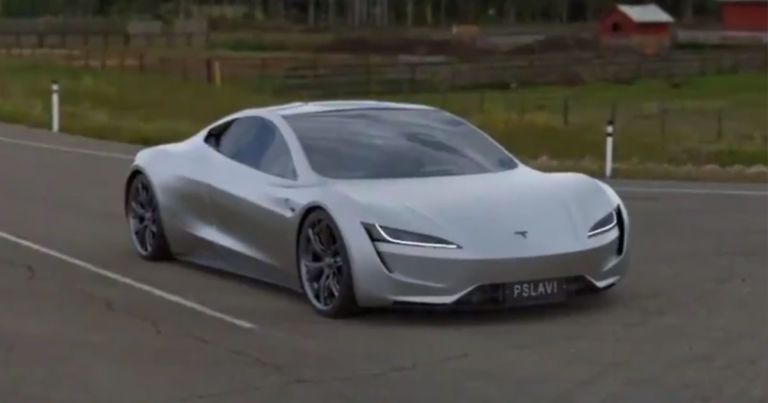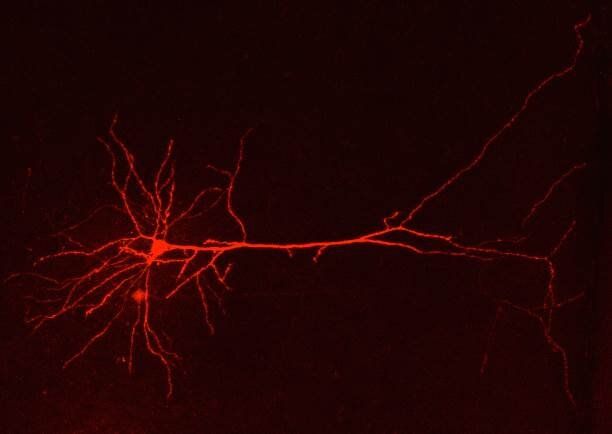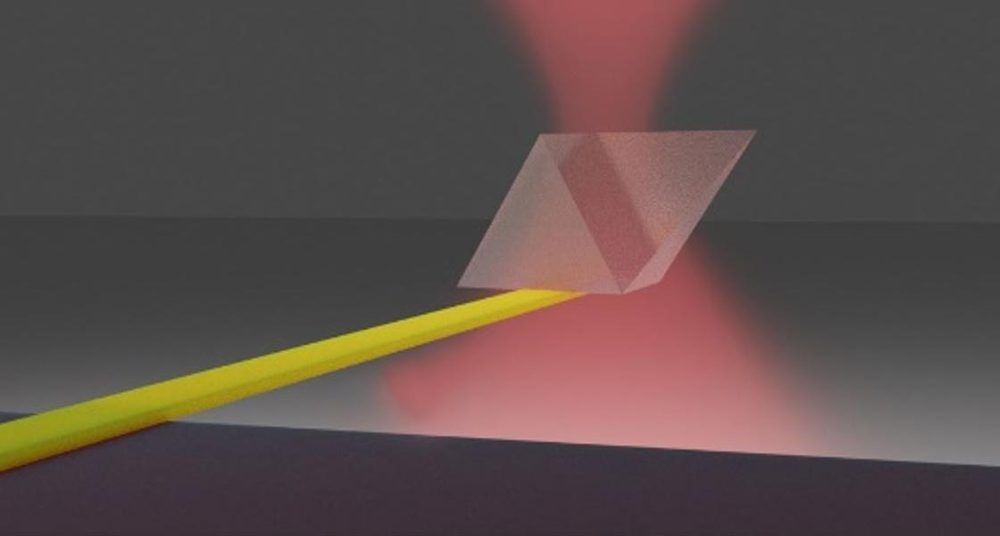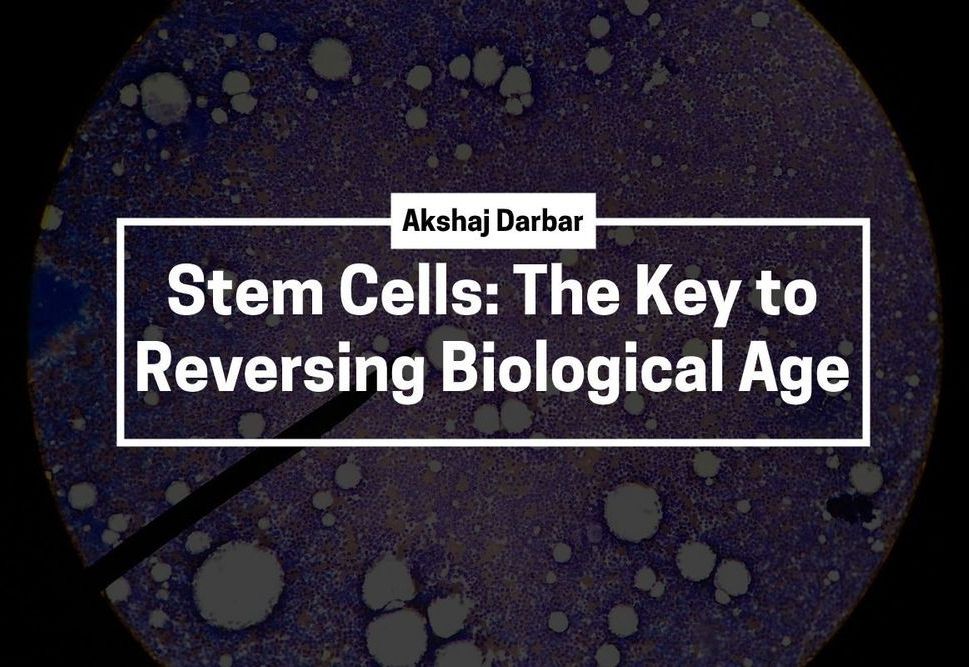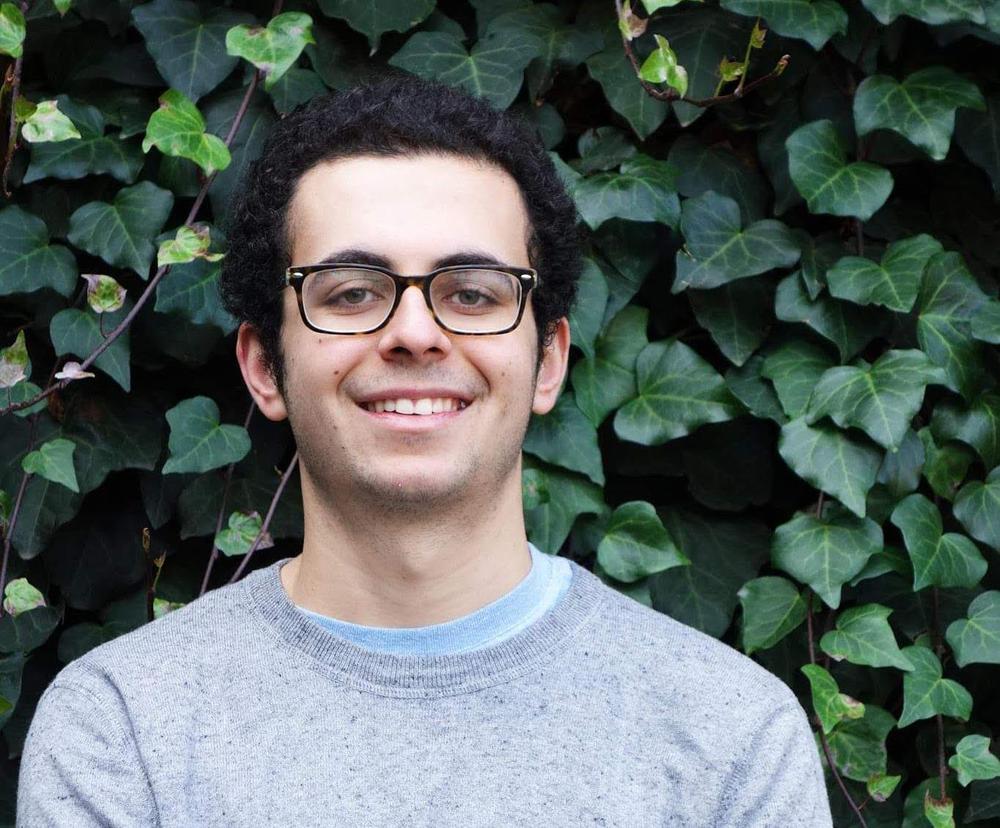Axiom Space will now let you book a unique all-inclusive vacation to the Internation Space Station for a casual US$55 million per seat.
Having signed a contract with SpaceX – because who else? – the company has effectively secured permission for a fully-trained commander and three “private astronauts” (read: bored & wealthy operators) to travel via one of SpaceX’s Crew Dragon capsules.
“This history-making flight will represent a watershed moment in the march toward universal and routine access to space,” says Axiom CEO, Michael Suffredini.

